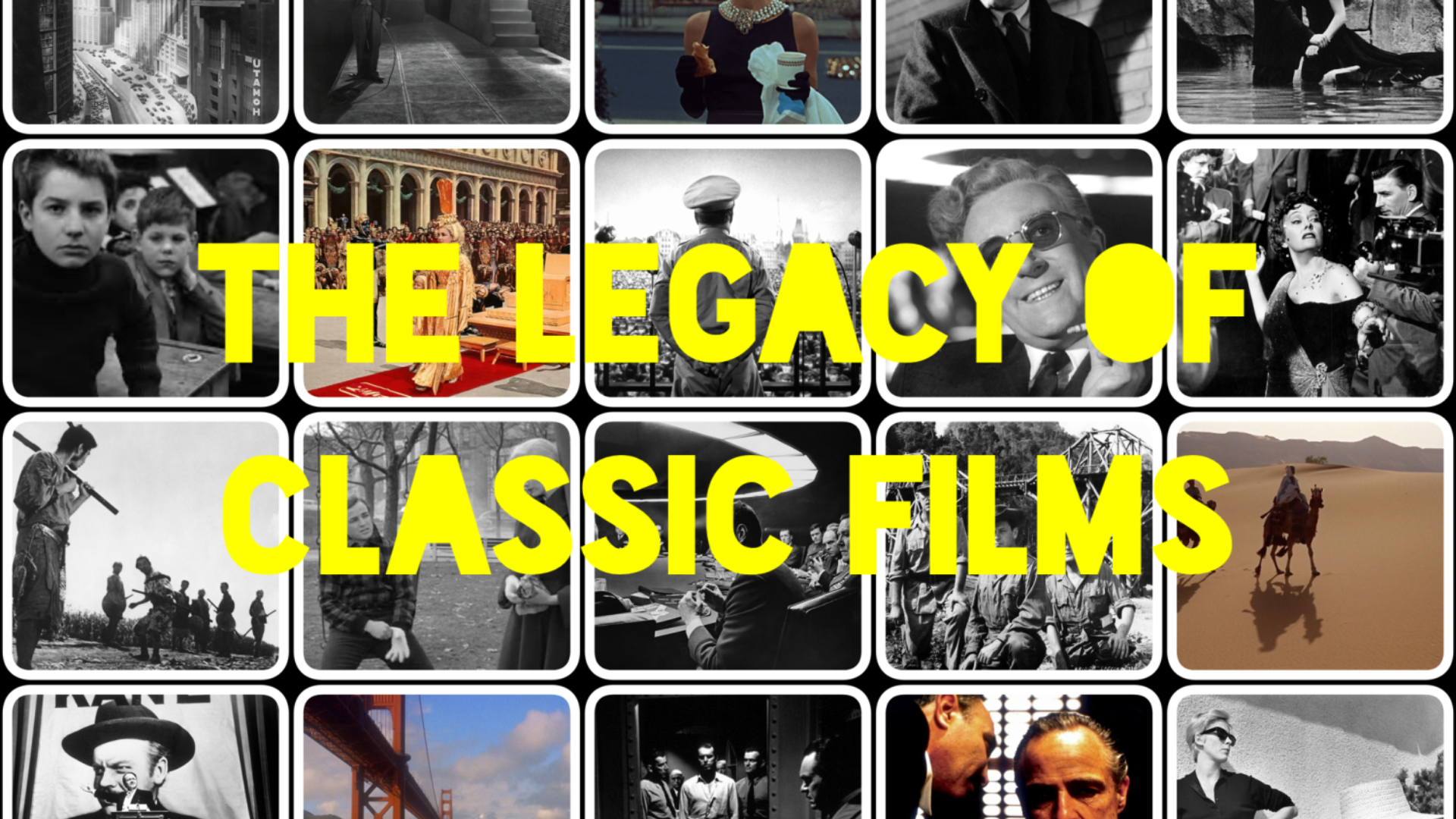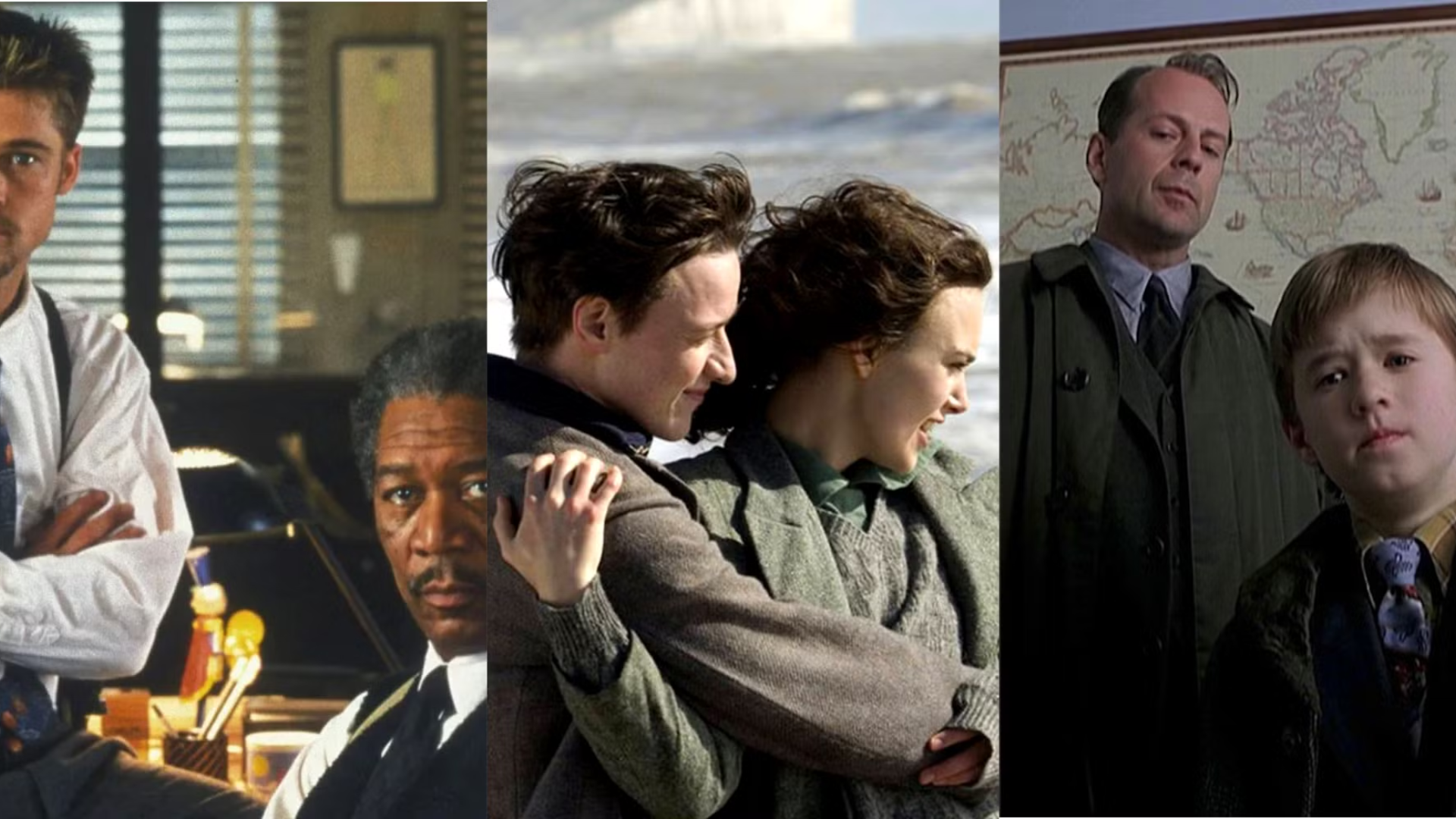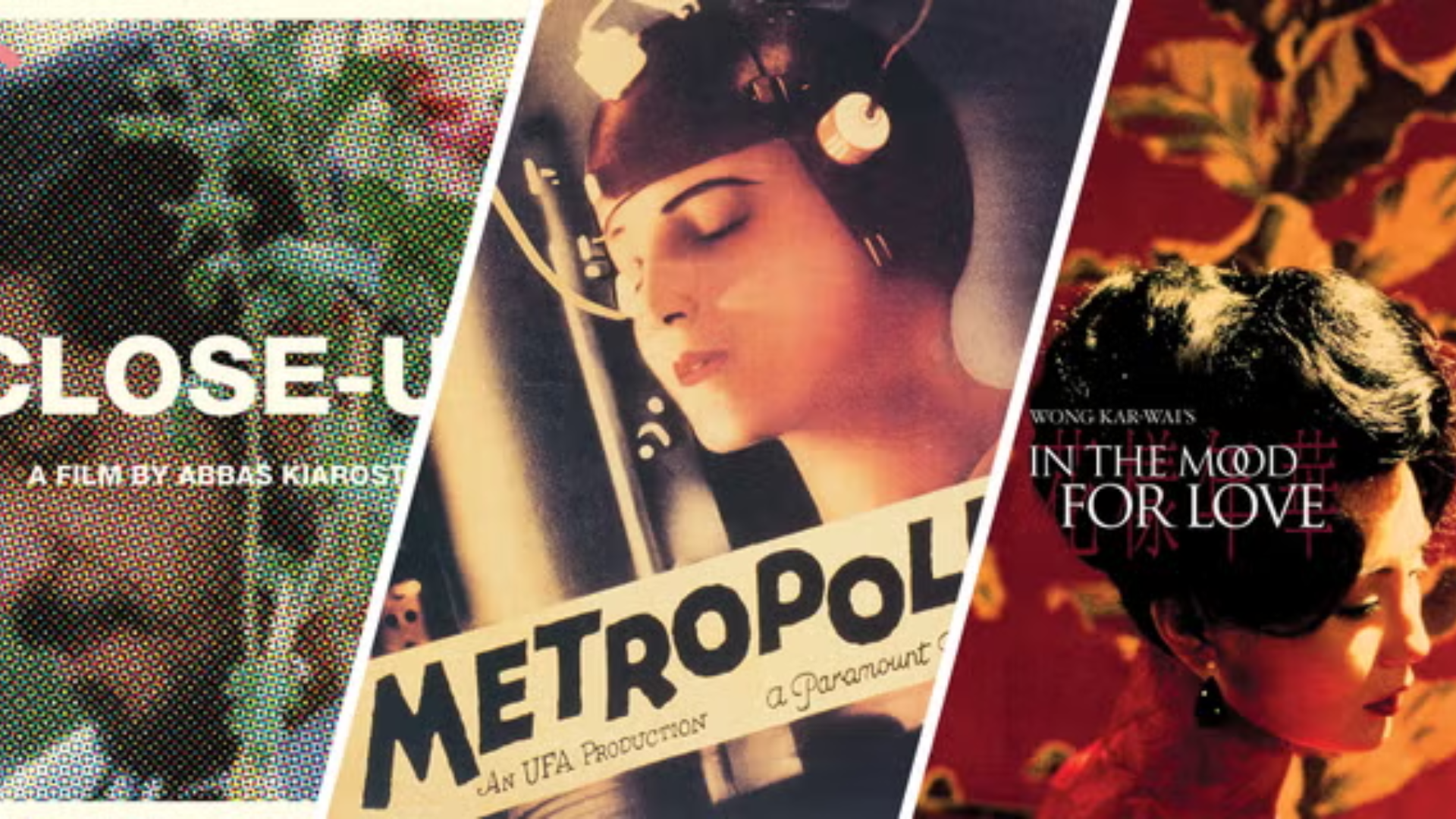The Impact of CGI on Modern Movie Making
Introduction:
Computer-Generated Imagery (CGI) has completely transformed modern filmmaking, providing filmmakers with the tools to create visual effects that were once unimaginable. From the creation of realistic environments to the depiction of fantastical creatures and mind-blowing action sequences, CGI has become an integral part of the movie-making process. In this article, we explore the impact of CGI on modern movie making and how it has revolutionized storytelling in cinema.
1. The Rise of CGI: A Game-Changer in Visual Effects – The Impact of CGI on Modern Movie Making
CGI was first used in the 1970s, but it wasn’t until the 1990s that it truly began to make a significant impact on film. Movies like Jurassic Park (1993) and Terminator 2: Judgment Day (1991) showcased how CGI could create life-like creatures and environments, elevating the visual effects industry to new heights. CGI allowed filmmakers to create more realistic and detailed scenes that would have been impossible using traditional practical effects.
Since then, CGI has evolved exponentially, allowing for more complex and visually stunning creations. Today, CGI is used not only for special effects but also for creating entire digital worlds and characters that interact seamlessly with live-action actors.
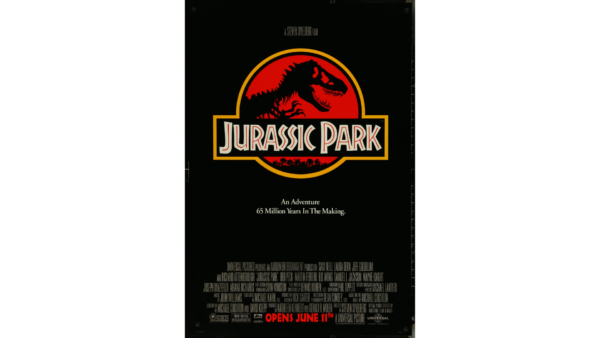
Image Alt Text: Jurassic Park movie poster showcasing groundbreaking CGI dinosaur effects.
2. CGI and Fantasy: Bringing Imaginations to Life – The Impact of CGI on Modern Movie Making
------
------
One of the most significant impacts of CGI is its ability to bring fantasy worlds and creatures to life. In films like The Lord of the Rings (2001-2003) and Avatar (2009), CGI allowed filmmakers to craft elaborate environments and intricate creatures that would be impossible to achieve using practical effects alone. These films helped to establish CGI as an essential tool for fantasy and science fiction filmmaking.
With CGI, directors can now create entire digital landscapes, from alien planets to epic battlefields, without the limitations of physical sets or special effects. This flexibility has allowed for more creative freedom, giving filmmakers the ability to bring even the most fantastical ideas to life.

Image Alt Text: Avatar movie poster with CGI-created world and characters.
3. CGI in Action Sequences: A New Era of Stunts and Battles – The Impact of CGI on Modern Movie Making
CGI has had a profound impact on action movies, particularly in the creation of thrilling and jaw-dropping action sequences. High-octane car chases, explosive firefights, and massive battle scenes are now enhanced with CGI, pushing the boundaries of what can be achieved on screen. Movies like The Avengers (2012), Transformers (2007), and Mad Max: Fury Road (2015) are prime examples of how CGI can enhance the intensity of action scenes.
Not only does CGI allow for more dynamic and epic battle sequences, but it also enables filmmakers to perform stunts and effects that would be too dangerous, expensive, or impossible in real life. With CGI, directors can push the envelope and create the unimaginable.
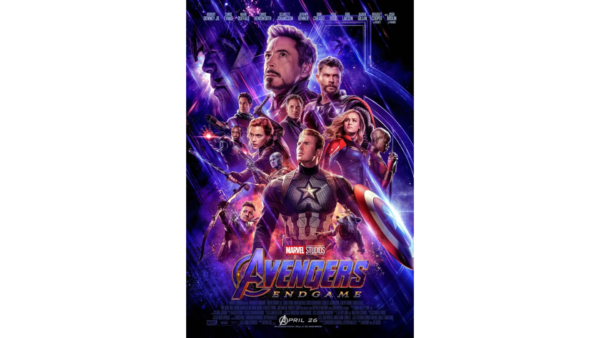
Image Alt Text: The Avengers movie poster with CGI-enhanced battle scenes.
4. The Integration of CGI with Live Action: Blurring the Lines – The Impact of CGI on Modern Movie Making
One of the most impressive advancements in CGI is its ability to seamlessly integrate with live-action footage. In movies like The Lion King (2019) and Planet of the Apes (2011), CGI is used to create lifelike, digital characters and environments that interact with real actors and settings. This blending of live-action and CGI has led to more immersive and realistic storytelling.
The use of motion capture technology has also revolutionized how digital characters are created. Actors can now physically portray characters in animated films, as seen with Andy Serkis’ performance as Gollum in The Lord of the Rings and Caesar in Planet of the Apes. CGI makes it possible to capture an actor’s performance and translate it into digital characters that feel human, making them a core part of the narrative.
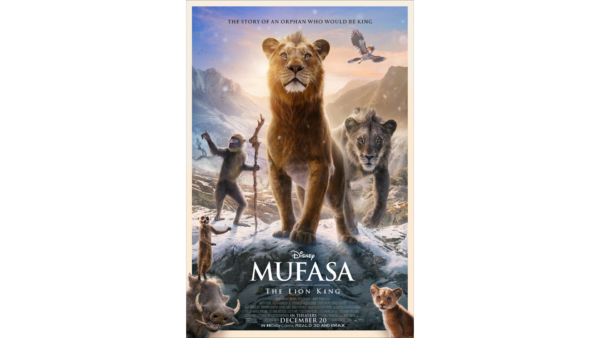
Image Alt Text: The Lion King movie poster featuring CGI animals.
5. CGI and the Rise of Superhero Films – The Impact of CGI on Modern Movie Making
CGI has been crucial in bringing superhero stories to life, allowing for the creation of visually spectacular effects that enhance the action and drama. From Spider-Man’s web-slinging to Iron Man’s flying suit, CGI allows filmmakers to create larger-than-life superheroes who defy the laws of physics. Superhero films like Iron Man (2008), The Dark Knight (2008), and Avengers: Endgame (2019) showcase how CGI can enhance the superhuman feats of comic book characters.
The superhero genre relies heavily on CGI to create not only action-packed sequences but also to bring complex visual effects and characters to life. Without CGI, characters like Thanos in Avengers: Infinity War (2018) would not have been possible in their current form, as the character was created using motion capture and CGI rendering.

Image Alt Text: Avengers: Endgame movie poster with CGI-enhanced superhero action.
6. CGI in Animation: Expanding the Possibilities of Storytelling – The Impact of CGI on Modern Movie Making
CGI has also revolutionized animated films, opening up new possibilities for animation and storytelling. Films like Toy Story (1995), Shrek (2001), and Frozen (2013) showcase how CGI has made animation more detailed, dynamic, and immersive than ever before. With CGI, animators can create entire worlds and characters that feel lifelike while still retaining the whimsical and imaginative elements of traditional animation.
CGI in animation allows for better texture, lighting, and movement, creating more engaging experiences for younger and older audiences alike. The ability to produce realistic-looking environments, characters, and action scenes has made animated films a major force in the film industry.

Image Alt Text: Toy Story movie poster with CGI-animated characters.
7. The Future of CGI: Virtual Reality and Beyond – The Impact of CGI on Modern Movie Making
As technology continues to advance, CGI will play an even greater role in the future of filmmaking. One of the most exciting developments is the use of virtual reality (VR) and augmented reality (AR) in movie-making. These technologies allow filmmakers to create fully immersive worlds where actors and audiences can interact in real-time with CGI environments.
With the rise of VR, the experience of watching movies may soon become an interactive journey, allowing audiences to explore CGI-created worlds in ways that were previously unimaginable. As CGI continues to evolve, its impact on filmmaking will only become more profound.
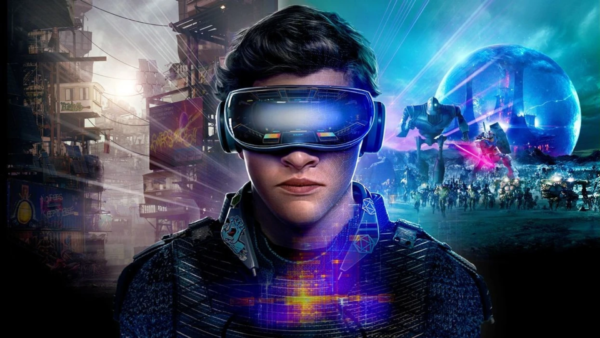
Image Alt Text: Virtual reality in CGI-enhanced movie environments.
Conclusion
The impact of CGI on modern movie making has been nothing short of revolutionary. From creating visually stunning fantasy worlds to enhancing action sequences and bringing lifelike characters to the big screen, CGI has opened up new possibilities for storytelling. As technology advances, CGI will continue to shape the future of cinema, making it an essential tool for filmmakers and creating even more immersive experiences for audiences.
If you’re interested in learning more about the evolution of CGI in filmmaking or exploring other cinematic topics, be sure to check out our website for more insights.

